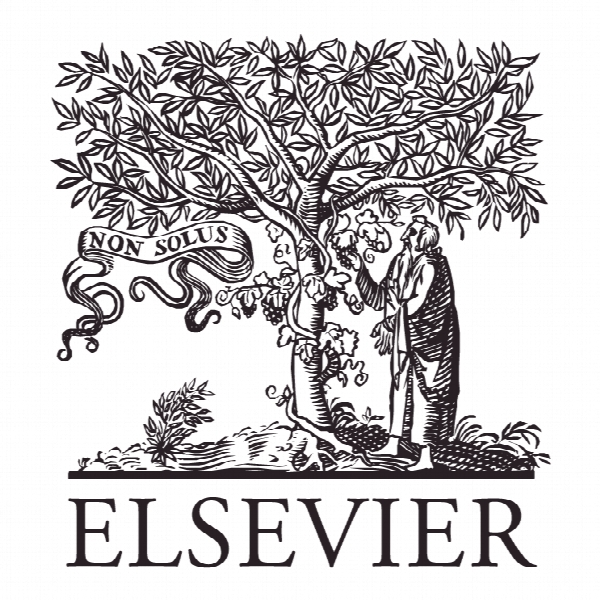دیدگاه مدیریت خطا در کیفیت حسابرسی: به سوی یک مدل چند سطحی An error management perspective on audit quality: Toward a multi-level model
- نوع فایل : کتاب
- زبان : انگلیسی
- ناشر : Elsevier
- چاپ و سال / کشور: 2018
توضیحات
رشته های مرتبط حسابداری
گرایش های مرتبط حسابرسی
مجله حسابداری، سازمان ها و جامعه – Accounting – Organizations and Society
دانشگاه Leuphana University of Lüneburg – Germany
منتشر شده در نشریه الزویر
کلمات کلیدی انگلیسی Audit quality, Error management, Multi-level model
گرایش های مرتبط حسابرسی
مجله حسابداری، سازمان ها و جامعه – Accounting – Organizations and Society
دانشگاه Leuphana University of Lüneburg – Germany
منتشر شده در نشریه الزویر
کلمات کلیدی انگلیسی Audit quality, Error management, Multi-level model
Description
1. Introduction How can we explain the differences in provided audit quality? This question has attracted considerable attention in the accounting literature since DeAngelo’s seminal theoretical papers on this topic (DeAngelo, 1981a, 1981b). A substantial body of empirical research has emerged and converged, primarily around two approaches. A first and very popular approach to studying audit quality is embedded in the archival research stream. It assumes that the audit’s context plays a decisive role in determining audit quality. Archival researchers have studied the influence of legal regulations (e.g., Francis & Wang, 2008), professional selfregulation (e.g., Grant, Bricker, & Shiptsova, 1996), accounting firm size (e.g., Francis & Yu, 2009), non-audit services (Firth, 1997), low-balling (e.g., DeAngelo, 1981a), auditor tenure (e.g., Carey & Simnett, 2006), client corporate governance (e.g., Lennox & Pittman, 2010), and the auditor’s industry specialization (e.g., Dunn & Mayhew, 2004). Together, these archival studies have considerably advanced our understanding of how an audit’s context influences audit quality. However, one main limitation of this approach is that it treats accounting firms mostly as a ‘black box’ (Francis, 2011; Hopwood, 1996). Thus, the specific mechanisms within the audit firm that may explain variances remain vague. To understand the mechanisms within the ‘black box,’ a second approach to empirical audit quality research is embedded in the behavioral and social research stream. This stream uses social and cognitive psychology lenses to understand auditors’ behaviors, cognitions, and emotions (Birnberg & Shields, 1989), along with sociological lenses for making sense of the influence of social structures, institutions, and roles on auditors’ behavior (e.g., Cooper & Robson, 2006; Miller, 1994). Scholars following this stream have studied, e.g., the influence of quality control structures on auditors’ behavior (e.g., Malone & Roberts, 1996), the role of workpaper reviews (e.g., Ramsay, 1994), auditors’ judgment and decision making (JDM) (e.g., Bonner, 2008; for a review), the error management climate (e.g., Gold, Gronewold, & Salterio, 2014), and how social structures and agentic behavior reciprocally interact (e.g., Barrett, Cooper, & Jamal, 2005; Dirsmith, Heian, & Covaleski, 1997). One major contribution of the behavioral and social research stream is that it indicates the relevance of interactions of different levels of analysis within the organization to explain differences in audit quality (e.g., Barrett et al., 2005; Malone & Roberts, 1996). However, we argue that a crucial issue in this stream is not a lack of singular studies that investigate how particular organizational structures and procedures influence and interact with individual auditors’ behaviors.


